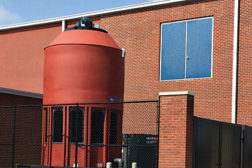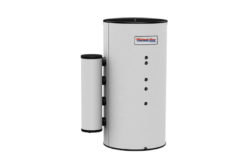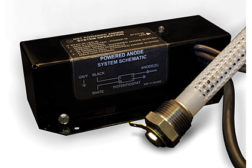Home » Keywords: » storage tank
Items Tagged with 'storage tank'
ARTICLES
John Siegenthaler: Piping permutations — Part 2
Different configurations for thermal storage tanks.
March 12, 2019
Specific operating conditions require specific hardware in biomass boilers
September 30, 2014
Solar-thermal storage tank
Lochinvar’s new Thermal-Stor stratified solar-thermal storage tank is designed to offer the best solution for solar-thermal and ground-source applications
July 1, 2013
Solar sizzle
Some ways to protect collector fluids from stagnation and storage tanks from overheating.
June 28, 2013
Get our new eMagazine delivered to your inbox every month.
Stay in the know on the latest plumbing, piping, hydronic and fire protection trends.
SUBSCRIBE TODAYCopyright ©2024. All Rights Reserved BNP Media.
Design, CMS, Hosting & Web Development :: ePublishing






